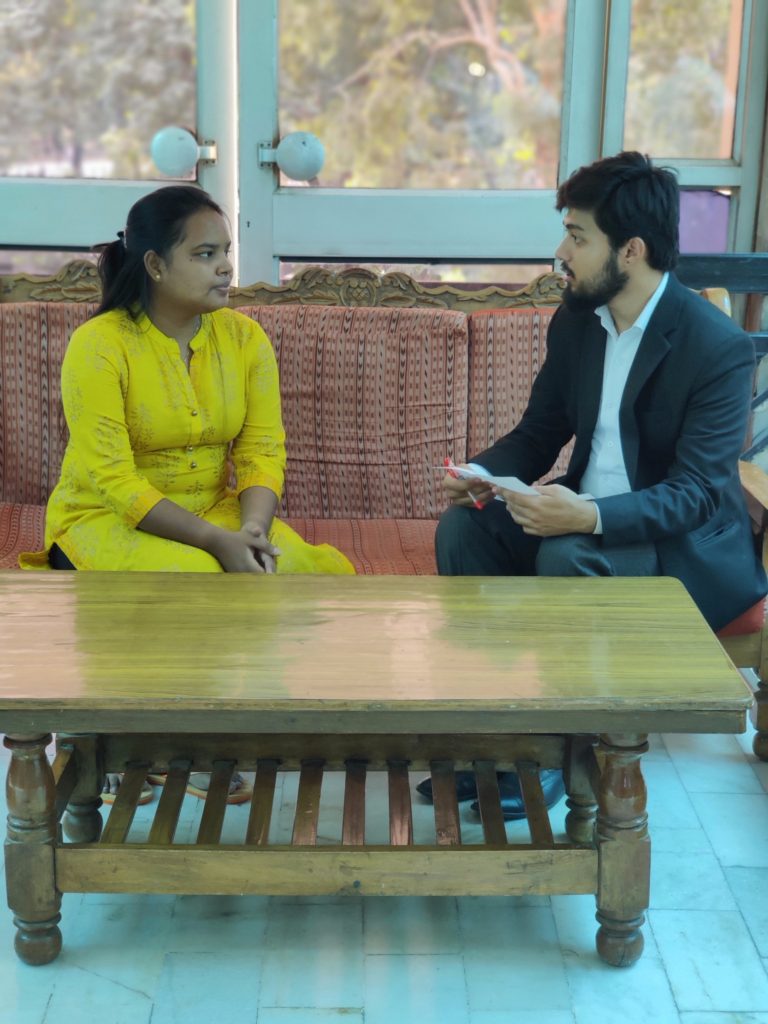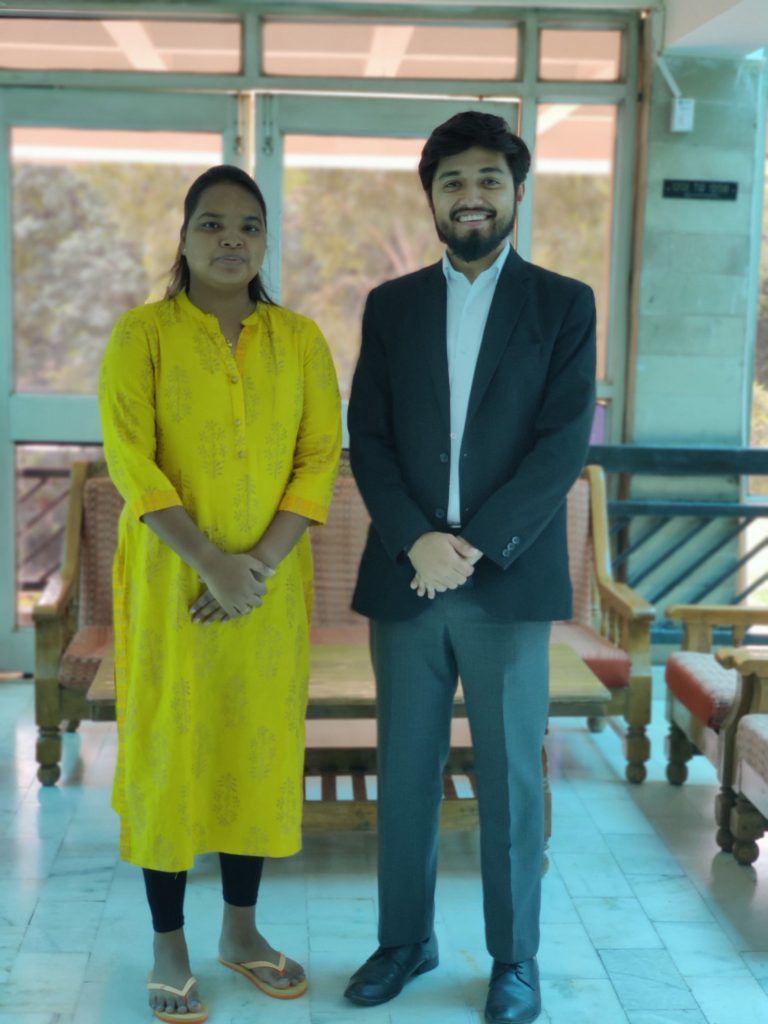
The youngest parliamentarian in the history of Indian politics, Chandrani Murmu is a woman of strength and inspiration. At a young age of 25, she defeated the twice-elected Dushyant Chautala of Bhartiya Janata Party in the 17thLok Sabha elections with an outstanding margin of 66,203 votes and became the winning candidate from Keonjhar district, Odisha. With her victory, Odisha became the first state to have 33% women representation in Parliament. In other words, it has the highest proportion of women MPs as per individual state share!
Chandrani’s journey was neither easy nor linear. She had to navigate through various meandering paths and overcome struggles and prejudice in order to achieve this feat. This journey commenced unpredictably after her graduation in B.Tech from Siksha ‘O’ Anusandhan University, Bhubaneswar in 2017. As a fresh graduate student, her goal was to have a job profile coherent to her engineering skills. Amidst this job hunting, her uncle Harmohan Soren, who is an active social worker advised her to enter politics and work for her district. Initially she would laugh at the absurdity of the suggestion but her uncle was relentless. He became that catalytic force in her life who encouraged her to take up this challenge.
Keonjhar district is reserved for candidates belonging to the Schedule Tribes and Biju Janata Dal was in search of a pertinent contestant to stand from their party for the 2019 Lok Sabha elections. As a social worker Harmohan Soren had been in contact with party workers and he sent Chandrani’s name across as a suggestion. One thing followed another and Chandrani found herself in Chief Minister Naveen Patnaik’s office on 1 April 2019. Her talents and educational qualifications complemented her fate and she was given the party ticket the very next day on 2nd April 2019.
Though her entry into the Indian political scene resembles a dream, she persevered through this highly competitive space with sheer hard work and fortitude. During her campaign an obscene video of hers was doctored and circulated on WhatsApp. Additionally, BJP filed a report against her before the Election Commission regarding ‘inconsistencies’ in her father’s name. Her strength through these times was her belief in herself and a resolve to prevent other women from such unsolicited slanders.

She also attributes her victory to an inherent political inclination that she may have received from her maternal grandfather, the late Harihar Soren. Harihar Soren was an elected representative of the Indian National Congress in 1980 and 1984. Though her parents chose non-political careers, her grandfather’s occupation landed her in a politically dynamic household. The atmosphere at her home exposed her to a politically charged and socially conscious environment from her childhood, thereby allowing her a space to think, critique and experience politics. Thus, she had entered the Indian political field as an informed and motivated novice.
As a woman representing a tribal district, her focus is primarily on the upliftment of the marginalised sections of society. She has an intent on developing employment opportunities and using the resource-rich land of Keonjhar for profitable industries and development projects. In her conversation with Itisaras, she expressed her resolution to work rather than make tall claims and play through vote banks.
As a young addition to an ageing political scenario, she represents hope, positivity and non-partisan development.
Interviewer: Kunal Chauhan

